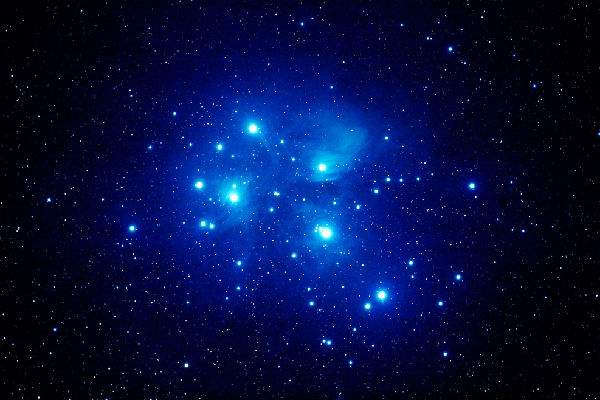Matariki Dawn
Maori mythology and stargazing.
Overview
The cluster of seven stars that make up the Taurus constellation, hold a very different meaning in the Maori culture. For Maori, the constellation is Matariki, and the stars becomes visible in New Zealand in early June to herald the Maori New Year. The word Matariki literally translates to ‘little eyes’ or ‘eyes of god’, and the constellation is associates with a traditional Maori legend. When Ranginui the sky father, and Papatuanuku the earth mother were separated by their offspring, the god of the winds Tawhirimatea, became so mad that he hurled his eyes into the sky and created the constellation.
Matariki was traditionally considered as the appropriate occasion to remember the year’s deaths, crops, and harvests. The celebration slowly ebbed over time until it was basically a nonevent, until its revival in 2000, when it was marketed as New Zealand’s answer to Thanksgiving. The event has been gaining acceptance since its revival, and the Stardome Observatory and Planetarium are celebrating the Maori New Year this year in their Matariki Dawn show.
Matariki Dawn examines the cultural significance of the Matariki tradition, and explores the astronomical aspects of the constellation. There will be storytelling, including the myths and tales behind the New Year, and the formation of our Earth, Moon and Stars. The show gives visitors the opportunity to see the constellation up close in the planetarium, and through the courtyard telescope in the night sky.





